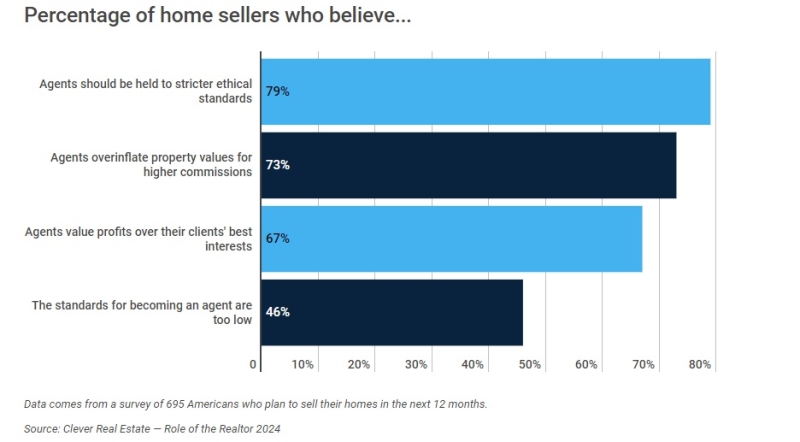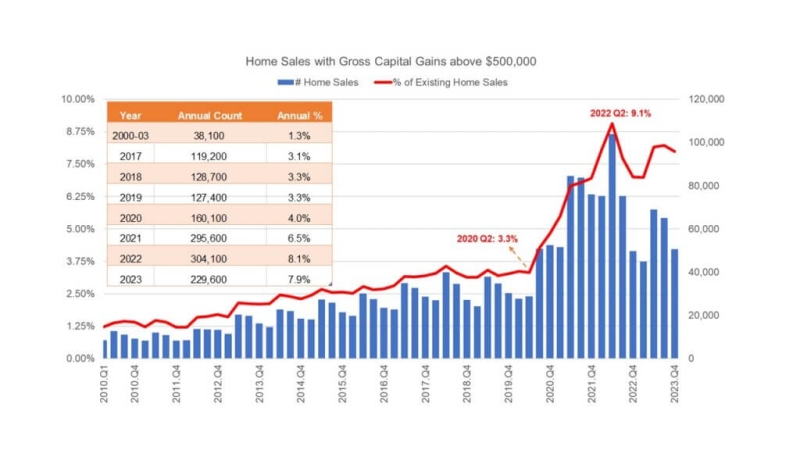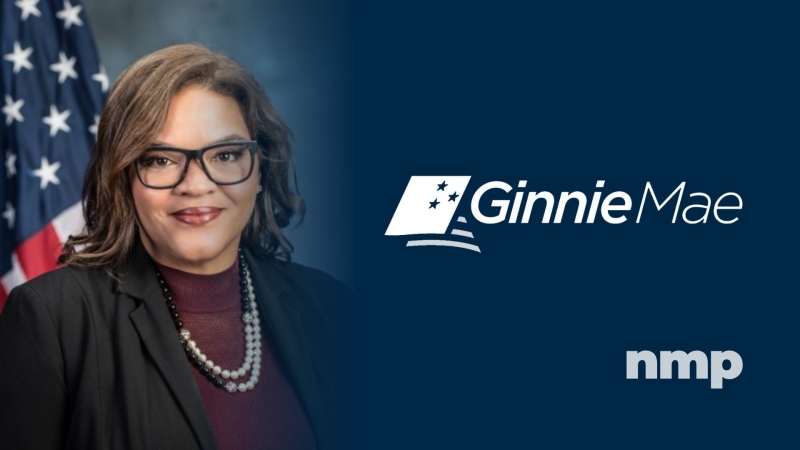Advertisement
A view from the “C” Suite: Quality control

Quality control: Often overlooked and undervalued, but an essential navigational tool for the “C” Suite executive desiring to be compliant and manage his or her company responsibly and effectively.
Ever since I was a kid, I have been a student of aviation. Some of my earliest memories were of my father and I building model airplanes. I would hang then from my bedroom ceiling and lie there imagining what it would be like to fly them. As I grew up, my dad became a pilot and owned his own plane. I have such great memories of him taking me up and letting me fly the plane. I could care less about all the gauges on the dashboard. I was too busy being a “pilot,” flying the plane and enjoying the scenery out the window. There was nothing like being up in the air flying around on a clear day with great visibility and no turbulence. But when the weather changed from sunny to cloudy and turbulence set in, I was very grateful to have my dad along who was a very well-trained and experienced pilot with thousands of hours of flying time under his belt.
Aviation has many parallels to business. The principles involved with successful flights are very similar to the principles of running a successful business. Being a pilot and being a business owner have similar challenges. In good conditions, you can see everything clearly and it isn’t too difficult to fly a plane. The same goes for running a company. When business conditions are calm and stable, running a business isn’t too difficult. Just like the pilot, you can “fly” your business by the “seat of your pants.” But when weather conditions deteriorate for a pilot or if business conditions become turbulent and confusing for a business owner, things become much more difficult to manage. If you don’t know what you are doing, you can “crash and burn.”
Pilots can have many different “ratings,” but for the purposes of this month’s article, I want to focus on the following two ratings: VFR and IFR. VFR stands for “Visual Flight Rules” and IFR stands for “Instrument Flight Rules.” In good weather, known as VFR conditions, both VFR- and IFR-rated pilots can fly. But when weather conditions deteriorate and visibility is compromised (commonly known as IFR conditions), only those pilots who are IFR-rated are allowed to fly. The primary difference between a VFR-rated pilot and an IFR-rated pilot is the amount of training they have received flying the plane using only the instruments on the dashboard. IFR training can be intense and nerve-racking for any pilot, but especially for the VFR-rated pilots who have many hours of flying only under VFR conditions. They have been accustomed to relying on visual references outside the window to help them navigate the plane. So when an experienced VFR-rated pilot goes for an IFR rating, they can have a more difficult time relying only on the instruments because they are used to relying on outside references.
Many business owners have been successfully “flying by the seat of their pants” under what we can call “VFR conditions.” But we all know that the weather conditions have, and continue to, deteriorate for our industry. In order to operate (fly) their businesses, “C” Level executives are going to have to start paying attention to the instruments on their dashboard.
The most ignored instrument on the dashboard of most mortgage executives has been quality control reports, assuming they are even being done. The entire quality control process was designed to give executives “piloting” their business one of the most valuable gauges on where they are at. Many have said, “Our company is ‘flying’ along just fine,” but weather conditions are seriously changing.
It doesn’t take a weatherman to tell us that the “weather conditions” for our industry have deteriorated. Reference points we have used in the past to navigate our businesses have changed. Fannie and Freddie are no longer government-sponsored enterprises (GSEs). They are now owned and controlled by the federal government. We used to navigate our business around the tall structures of Wall Street. Today, they have disappeared into the clouds. Many of the behemoth wholesalers have gone the way of the woolly mammoth. The bones of these large extinct wholesalers are being examined by regulators like a paleontologist examines a woolly mammoth. Both the regulator and the paleontologist are trying to answer the same question: What happened to these beasts? Mountains of new regulations are appearing before our eyes. If you are not careful, you may fly right into a mountain of regulation and crash and burn. Consider what is going on at FHA.
Severe weather alert: FHA is cracking down
As any Federal Housing Administration (FHA)-approved lender knows, it was, and still is, required to submit a written quality control plan to FHA in order to obtain approval. The problem is that many lenders put the plan in a drawer once approved and never actually execute the plan. That’s no different than the pilot that is flying along fine and ignores important “gauges and warning lights” on the dashboard.
In May of this year, the Mortgagee Review Board announced actions taken against 120 lenders for violations of FHA requirements. The Board can issue letters of reprimand, probation, suspension or withdrawal of FHA approval, civil monetary penalties and loan indemnifications. After this last business cycle where huge losses were dumped at the feet of the taxpayers, we can only anticipate that the action for failure to “fly by the rules” will be more on the severe side of the spectrum. We have already seen a fair number of companies “crash and burn” as the result of failing to implement proper quality control policies and procedures and following them.
Quality control should be much more than just being about being “in compliance” … it can be (should be) one of the most powerful feedback “instrument’s” on a “C” Level executive’s control panel to manage/navigate their businesses month-to-month.
Quick review of FHA requirements
It is important that point our that in the course of writing this article, I collaborated with someone that I have come to know and respect in the world of quality control, Jan Wetzel, president of Wetzel Trott Inc. Jan confirmed the following:
FHA requires quality control reviews on 10 percent of each lender’s production. This applies to direct endorsed (DE) lenders as well as correspondents. If a lender is originating 15 or more FHA loans per month, the reviews need to occur monthly, but if they are originating less than 15 per month, then the reviews can occur quarterly and need to be completed within 90 days of the month of closing.
These reviews need to be completed by personnel that are independent of the origination functions and can be done by internal staff or by a capable quality control firm. The files need to be re-underwritten to insure compliance with FHA’s guidelines, closing documents need to be reviewed for accuracy and completeness and a compliance review needs to occur to be certain that regulatory disclosures were provided in a timely and accurate manner.
In addition, re-verifications of income and asset information need to occur and three file merge credit reports need to be pulled (if the file did not go through Total Scorecard) and the results need to be compared to the original credit report to determine if there are any discrepancies.
Also, on 10 percent of the selected files, a field appraisal review needs to be ordered from an independent appraiser.
Any and all discrepancies need to be reported to senior management who is responsible for obtaining responses from appropriate personnel on the findings and institute any corrective action that needs to be taken as a result of the findings.
In the event that a finding affects the investment quality or eligibility of a mortgage insured by FHA, the lender must report the issue to the Quality Assurance Division of the HUD Homeownership center having jurisdiction over the lender. This includes violations of law or regulation, false statements, patterns of non-compliance, suspected fraud or program abuse.
In addition to the regular ongoing reviews, the lender also needs to review 10 percent of their declined loans to be certain that the reasons for rejection were valid, the requirements that ECOA (Equal Credit Reporting Act) were met and that no civil rights violations were committed.
Also, any early payment default (within the first six months that are 60 days past due) needs to be reviewed to be certain that the reason for default was not evident in the original assessment of the loan and to be certain there wasn’t fraud or misrepresentation involved in the loan.
Performing quality control reviews not only keeps a lender in compliance with FHA, but also provides management with a valuable tool to effectively manage the quality of the loans produced and to be certain that procedures are followed.
How to approach QC: In-house or outsourcing?
We have just witnessed an unprecedented “meltdown” of our industry, where many “systems” broke down that were designed to keep companies and our industry healthy. One of those systems that broke down was the quality control system in many mortgage companies. Predictably, the greatest area of loss is when there are/were no quality control systems in place. But what was not anticipated are the reports that are emerging that there were higher incidents of loss with those companies that had in-house quality control departments. The least number of losses came from those companies that had outsourced their QC function to companies like Wetzel Trott Inc. While we cannot be certain, it is logical to deduct that an independent organization doing the quality control, especially a well established QC firm working the hundreds of companies, will produce a more objective analysis. While there are many strong in-house quality control departments, you can see how more subjectivity can be involved. As a result, regulators will no doubt be giving the “in-house vs. outsourcing” discussion more consideration and something every “C” Level executive should be giving consideration.
Using “carbon-based” systems vs. “silicon-based” systems
In recent years, we have seen an explosion of automation with in our industry. However, those with a strong technology background outside our industry have the opinion that we have only begun to emerge from the Stone Age. The reality is that we have deployed a fair amount of automation, but maybe not necessarily in the right areas. I would suggest that we, as an industry, became way too reliant and trusting in “silicon-based systems,” such as automated underwriting/decisioning systems (AUS) wrongly replacing those ‘old’ dependable highly-experienced “carbon-based systems,” also known as the “human underwriter!”
As a pilot, I want to use the latest and greatest in technology I can afford for my airplane. And I understand that some of the systems inside of a commercial airliner are so sophisticated, that technology is “capable” of taking an airliner off flying to a destination somewhere far away and even land the plane unassisted by human pilots. All that being true, pilots are still on every flight and totally and completely in control of the plane. The commercial airline pilots use sophisticated technology all the time, every day, but the pilots are still in overall control of the aircraft. What we saw happen in this last business cycle was a trend to rely too much on “silicon-based systems” (technology) and not enough on “carbons-based systems” (experienced underwriters). I would caution every “C” Level executive to not make the same mistake in QC. Again, I am all for using all the technology we can to support our QC function, so long as we do not think for a minute that we can replace the human element.
David Lykken is president, mortgage strategies and managing partner with Mortgage Banking Solutions. David has more than 34 years of industry experience and has garnered a national reputation. David has become a frequent guest on FOX Business News with Neil Cavuto, Stuart Varney, Liz Claman and Dave Asman with additional guest appearances on the CBS Evening News, Bloomberg TV and radio. He may be reached by phone at (512) 977-9900, ext. 101.
About the author





